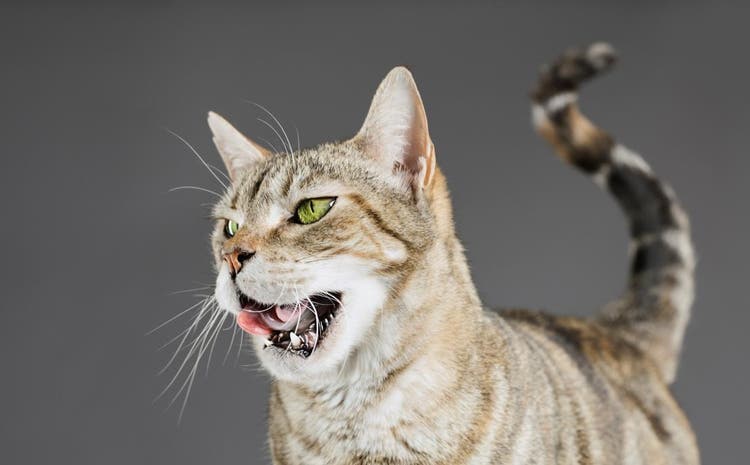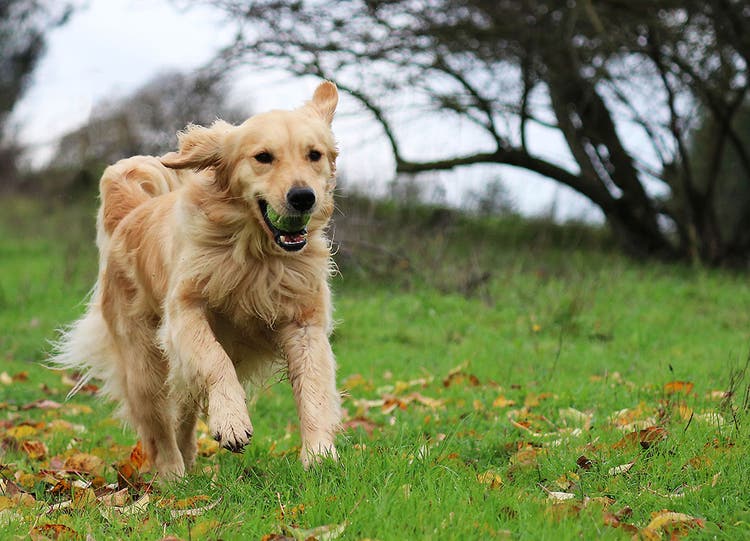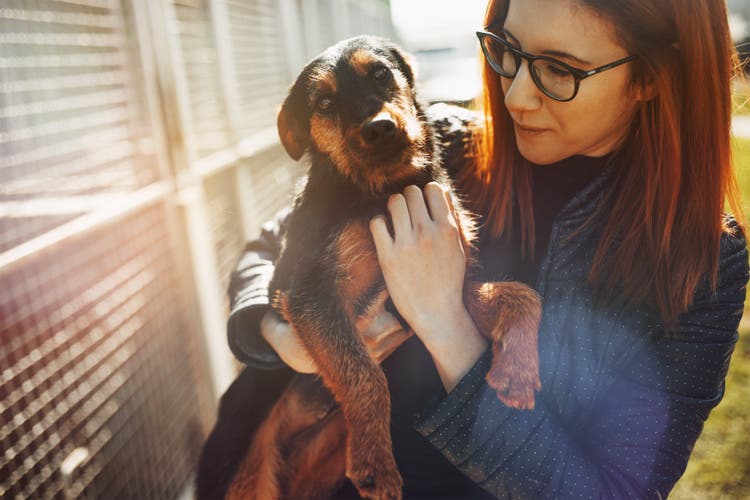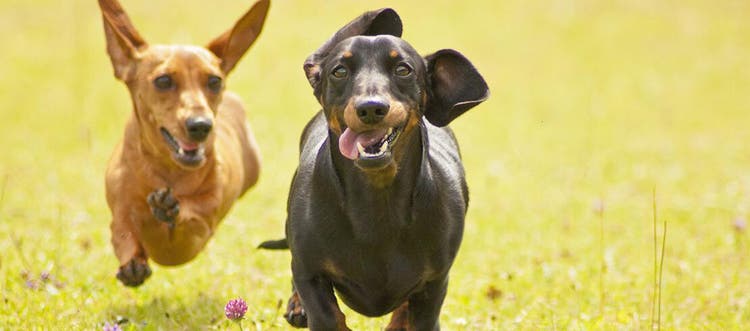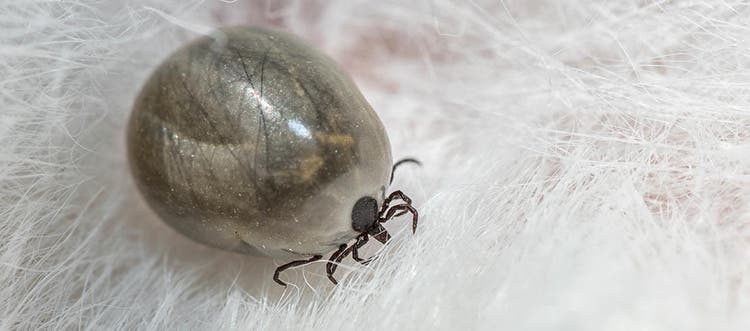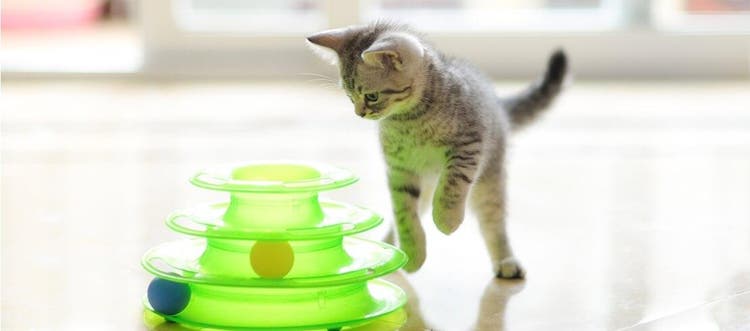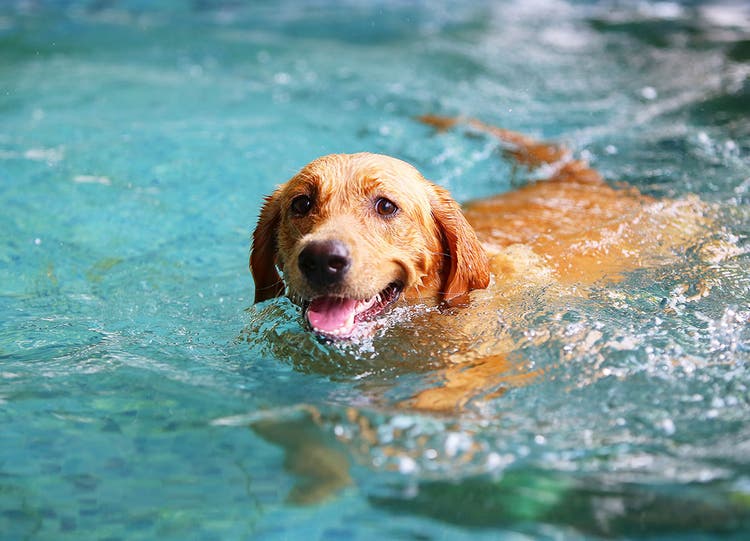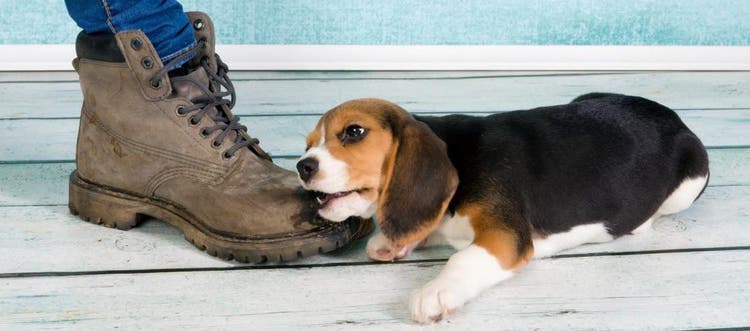After much anticipation, you’ve finally brought your new pup home. Congratulations! Up until now your puppy has been taught how to act by their mom and littermates. From here on in, however, your pup is looking up to you to be their leader. With every interaction you have an opportunity to teach your puppy the proper ways to behave in your home as the newest member of your family.
It may seem overwhelming at first, but puppies are eager to please. With patience and consistency, you will see results. You’ve got this!
Settling your new puppy into your home definitely comes with its challenges. It’s a very big change for everyone! Taking the right steps to acclimatize your puppy to their new environment can help kick-start their basic obedience and create a positive path for their future behaviour and socialization training.
1. Introduce your puy to their new home
The first day with your new puppy can be overwhelming for both you and your puppy. It may be tempting to have all the whole gang over to ooh and ahhh over your new baby - but resist the urge. Your puppy doesn’t know you or your home, so they don’t know what’s safe yet. Everything smells foreign. They may have just been separated from their mom and siblings. It’s already a lot for their brains to take in. As such, it’s best to keep unnecessary stimuli to a minimum.
Instead, take the time to properly introduce your new puppy to their new home and the people who live there. Training should start on day one. It will help you understand each other better and begin opening the line of communication with one another.
- Take the following steps during the first day to help your puppy feel comfortable in their new environment:
- Introduce your puppy to all household members and lead the pup on a tour of their new home early in the day.
- Introduce them to their sleeping area and their bed.
- Show them the outdoor space or area where you expect them to do their business.
- Give your puppy plenty of time to explore their new environment while you supervise.
- Start using your pup’s name. If you don’t have a name picked out yet, try to do so as soon as possible so they get used to paying attention when you call their name.
2. Help them settle in on the first night
The first night can be scary for your puppy. Taking steps to create a safe and cozy environment may help make it easier. Leave a faint light on and keep a radio playing to help mask any potentially scary new sights or sounds your puppy may experience. Place a few toys and an old T-shirt you’ve worn recently in their crate or sleeping space. That will help create a warm, cozy and safe place and help them become even more familiar with your scent.
Remember: It’s been a big day for both of you, so cries for attention are normal for the first few nights. Resist the temptation to immediately comfort your puppy when you hear them cry. Although it’s natural for puppies to cry in a new environment, only check in when their crying stops so they know you’re not far away. You don’t want to teach your puppy that crying is rewarded with immediate attention. Instead, wait for your puppy to settle down before going to see them, so they begin to learn that staying calm is more rewarding.
The use of dog pheromones can help some puppies adjust to new surroundings faster. Ask your pet health professional or veterinarian for more advice.
Note: before you tuck in for the night, don’t forget that to let them out. As a general rule, during the day when your puppy is active and awake, they can only control their bladder one hour for every month of their age. So, if your puppy is three months old, they can only hold it in for about 3 hours. Generally speaking, they can hold it a bit longer at night when they are sleeping, but it is a good idea to let them out for a pee before bed. With time you’ll learn how to distinguish between the whimper your puppy makes when they just want your attention…and the cry they make when they really have to go. The more you respond to their need to go, the faster they will be toilet trained.
3. Start toilet training right away
Good behaviour is built on a good training program, which means puppies must be house trained as early as possible. Puppies should go outside after:
- Sleeping
- Eating
- Drinking
- Playing
- When excited
After any of these events, take them outside (or if you live in an apartment, to their pee mat or fake grass box) so they learn where to go.
Reward good behaviour with positive reinforcement. Use praise words, pats and treats, but never punish what you don’t see. If they make a mistake, simply clean up, but don’t say anything. Do not rub your puppy’s nose in their mess or smack them. Punishment doesn’t help with training and yelling only makes them avoid and fear you.
4. Puppy socialization
It’s important to socialize your puppy as soon as possible. Socialization is an important step in ensuring your puppy properly interacts with other humans, dogs and new situations.
Properly socializing your puppy can be tricky, but the following tips can help you make a good start:
- Your tone of voice, body language and stress levels affect how your pet reacts, so always set a good example and remain calm.
- Introduce new experiences like shopping carts, lawn mowers or snowblowers, trucks, motorcycles and garbage trucks early so they are not afraid of these later in life. If your puppy becomes nervous or agitated do not reward this anxiety by being overly comforting and reassuring. Your soothing could end up reinforcing their fear! Instead, wait until your puppy is calmer then reward that shift in behavior.
- Meeting other pets can be stressful, so allow pets to observe each other at a safe distance and never force pets together. Puppies learn a great deal from and about other animals even when they observe them from a distance. Always check with the other pet owner before allowing your puppy to go up to meet another dog.
- Introduce your puppy to as many new types of people and dogs as possible and always reward them for reacting positively. These could include handicapped people using canes or sitting in wheelchairs or scooters and people holding umbrellas or wearing hats. Your pup will quickly learn that humans come in all shapes, sizes and ages.
- Your puppy should be encouraged to meet and spend time with children. Choose the children you introduce to your puppy carefully at this point. It’s important that the first children your puppy meets are gentle, calm and respectful of your puppy’s boundaries and limits. Unpredictable toddlers should be avoided.
- It is also important to introduce your pup to a wide variety of dog sizes and breeds. Puppy socialization classes are great places for your puppy to be introduced to other dogs. You’ll get guidance with your training and be able to meet other puppy owners. You can even set up future “puppy play dates”!
Note: ask your veterinarian when it’s safe for your pup to begin socializing.
Make sure your puppy is up to date with their vaccinations and parasite protection first.
5. Make a visit to the veterinarian a positive experience
Important preventative measures like vaccinations, worming treatments, parasite prevention and microchipping usually occur during your first visit to your veterinarian. With all of the strange smells and animals, a visit to the veterinarian can be stressful for you and your pup, but it doesn’t have to be.
Try to make these first veterinarian visits a fun experience. Providing puppy treats throughout their visit – or kibbles of their regular food - can be a help in creating a positive association with the veterinarian.
Finally, if you experience difficulties with your pup’s behaviour, you may need to consult a professional. Ask your veterinarian for advice on behaviour training.
